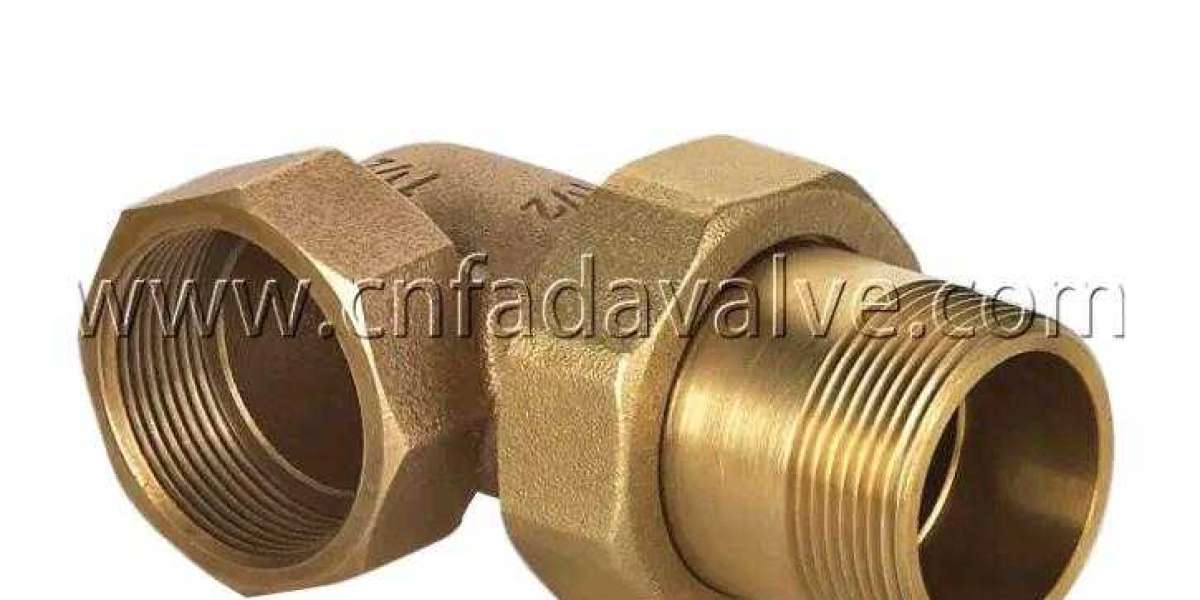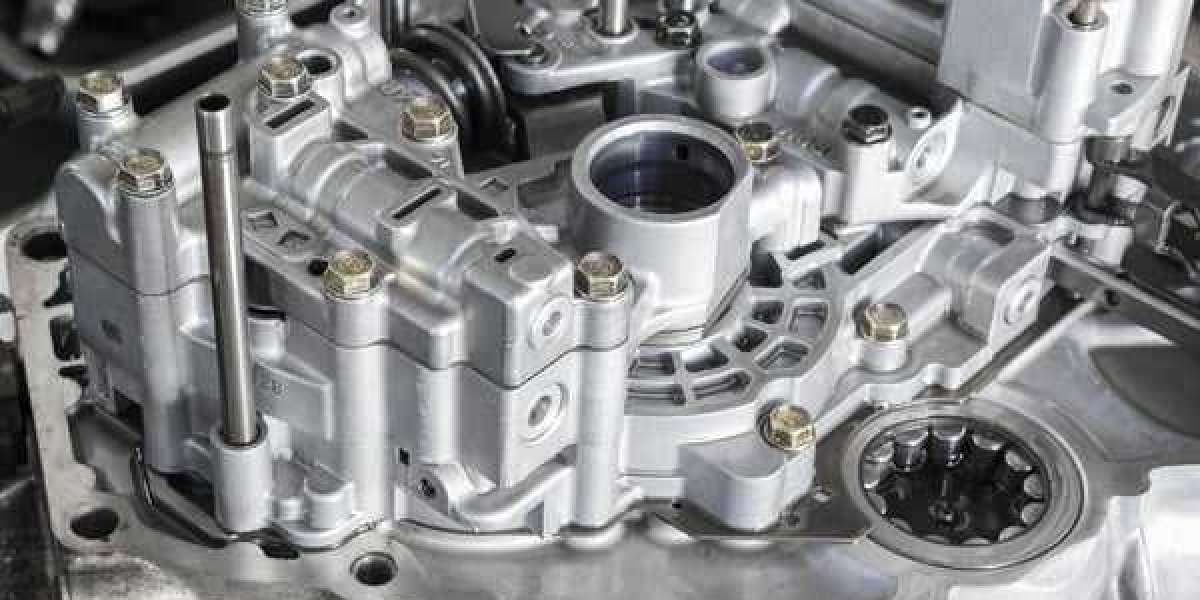As a soldering bronze fittings factory, I would provide the following advice to consumers to ensure the optimal use and longevity of the products.
Select the Correct Solder: Choose a solder alloy that is compatible with bronze fittings. Typically, tin-based or lead-free solders are commonly used for soldering bronze. Ensure the solder has a melting point that matches the specific bronze alloy being used.
Choose the Right Soldering Technique and Materials:To ensure a secure and leak-free connection, it is crucial to select the appropriate soldering technique and materials. Here are some suggestions:
Use a Flux: Apply a suitable flux to the joint area before soldering. The flux helps clean the surface, remove oxidation, and promote proper solder adhesion. Select a flux compatible with bronze and the type of solder you are using.
Practice Proper Cleaning: Before soldering, ensure that the fittings are clean and free from contaminants. Use a wire brush or abrasive material to remove any dirt, grease, or oxidation from the surfaces to be joined.
Opt for Proper Heating Technique: Use a suitable heat source, such as a soldering iron or torch, to apply heat evenly to the joint. Avoid overheating the fittings, as excessive heat can damage the bronze material or lead to weak solder joints.








